12 Health Benefits of Purple Sweet Potato+Nutrition+Recipe
2018-12-24
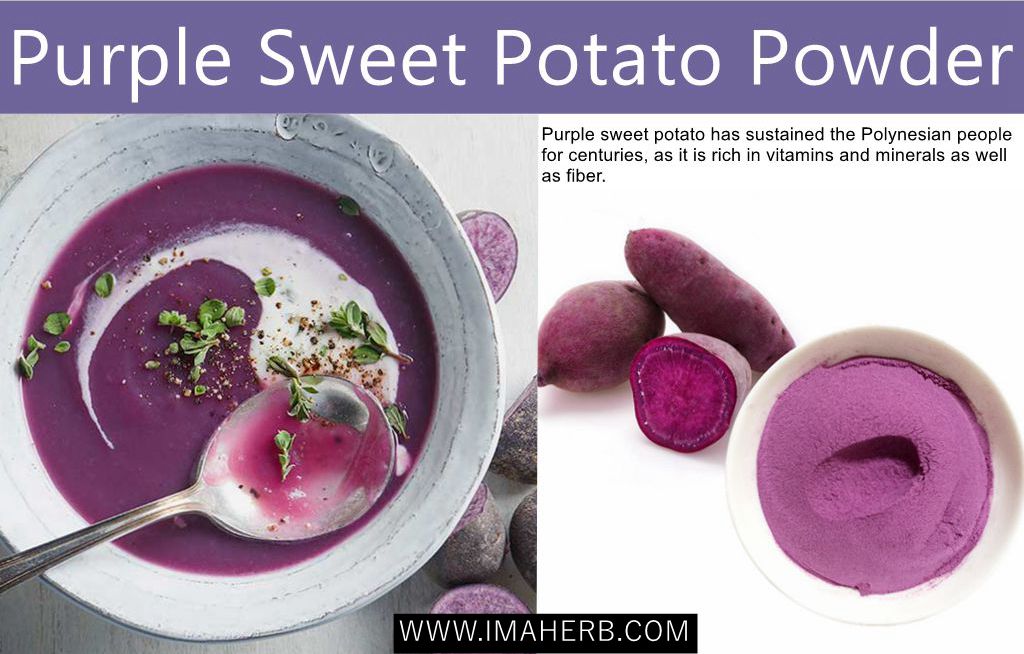
Purple sweet potato has sustained the Polynesian people for centuries, as it is rich in vitamins and minerals as well as fiber. Did you know it may be helpful in managing diabetes, gout, and inflammation? Read on to find out the benefits of purple sweet potato and how it can change your life.
Health Benefits of Purple Sweet Potato
How sweet it is for your health to eat sweet potatoes! Not only do they taste like dessert, but they provide some surprising health benefits. Many people think about sweet potatoes as being nothing more than plain old potatoes that can tweak our taste buds with some extra flavor. Yet cutting-edge research on sweet potatoes tells us that nothing could be further from the truth as they have so many unique nutritional benefits to offer!
One difficulty in describing the health benefits of sweet potatoes is knowing where to begin. There are a surprising number of nutrient categories responsible for the health benefits of this underappreciated tuber. Among these categories are antioxidants, anti-inflammatory nutrients, and blood sugar-regulating nutrients. Each category brings with it valuable health benefits.
1) Purple Sweet Potato Helps Control Hypertension
2) Purple Sweet Potato May Treat Gout
3) Purple Sweet Potato Has Antioxidant Effects
4) Purple Sweet Potato May Be Liver Protective
5) Purple Sweet Potato May Improve Diabetes
6) Purple Sweet Potato May Slow Aging
7) Purple Sweet Potato May Have Anti-Cancer Properties
8) Purple Sweet Potato May Be Anti-inflammatory
9) Purple Sweet Potato May Protect Against Galactosemia
10) Purple Sweet Potato May Aid in Weight Loss
11) Purple Sweet Potato May Be Anti-Microbial
12) Purple Sweet Potato May Prevent Blood Clots
Purple Potatoes Nutrition
A half cup of diced, raw purple potatoes contains about:
- 52 calories
- 12 grams carbohydrates
- 1.4 grams protein
- 0.1 gram fat
- 1.3 grams fiber
- 6.5 milligrams vitamin C (11 percent DV)
- 341 milligrams potassium (10 percent DV)
- 0.1 milligrams vitamin B6 (6 percent DV)
- 45.7 milligrams phosphorus (5 percent DV)
- 0.1 milligrams copper (5 percent DV)
- 0.1 milligram manganese (5 percent DV)
- 0.1 milligram thiamine (4 percent DV)
- 0.9 milligram niacin (4 percent DV)
- 16.5 milligrams magnesium (4 percent DV)
How to Use Purple Potatoes
Purple potatoes are versatile but can become a little mushy if overcooked. Even though they have a rich, vibrant violet color, their flavor is more subtle than some other potato varieties. Because of this, unlike the sweet potatothat’s delicious all by itself, the purple potato is usually prepared by adding seasonings. Keep in mind that boiling or baking is the best method versus deep frying, which kills any useful nutrients. Use a little coconut or olive oil with some salt and pepper for a delightful addition to any meal.

Tips for Preparing and Cooking
Tips for Preparing Sweet Potatoes
If you purchase organically grown sweet potatoes, you can eat the entire tuber, flesh and skin. Yet, if you buy conventionally grown ones, you should peel them before eating since sometimes the skin is treated with dye or wax; if preparing the sweet potato whole, just peel it after cooking.
As the flesh of sweet potatoes will darken upon contact with the air, you should cook them immediately after peeling and/or cutting them. If this is not possible, to prevent oxidation, keep them in a bowl covered completely with water until you are ready to cook them.
The Nutrient-Rich Way of Cooking Sweet Potatoes
Fortunately, from a nutrition standpoint, you have a number of good options for cooking sweet potatoes. While we have our own personal recommendation (namely, Quick Steaming) here are some additional options that you may want to consider: Boiling: In several studies looking at the bioavailability of beta-carotene from sweet potatoes, boiling has been shown to be an effective cooking method. Consumption of boiled and mashed sweet potatoes has been shown to raise blood levels of vitamin A in children. When compared to roasting or baking, boiling has also been shown to have a more favorable impact on blood sugar regulation and to provide sweet potatoes with a lower glycemic index (GI) value. In one study, the average GI value for roasted sweet potato was 82, for baked sweet potato 94, and for boiled sweet potato 46. Stir-Frying: Multiple studies have shown better absorption of the beta-carotene from sweet potatoes when fat-containing foods are consumed along with the sweet potatoes. (It doesn’t take much fat for this better absorption to take place—only 3-5 grams.) What fat makes possible is the conversion of beta-carotene into a special form called micellar form. Micelles are specialized collections of molecules that allow fat-soluble substances (like beta-carotene) to move around comfortably in non-fat environments (like our water-based bloodstream). They can also make it easier for fat-soluble substances to get absorbed from our digestive tract. Among several studies that have shown the benefits of a fat-containing meal for absorption of beta-carotene from foods sweet potatoes, one study has shown that stir-frying in oil is one specific cooking technique for sweet potatoes that can enhance the bioavailability of their beta-carotene. It’s interesting to note that the sweet potato stir-fry in this study used a very low stir-frying temperature of 200°F (93°C) and that only 5 minutes of stir-frying were required to achieve the beta-carotene bioavailability benefits.
While we recognize boiling and stir-frying as viable options for cooking sweet potatoes, we recommend Quick Steaming of sweet potatoes for maximum flavor.
Quick Steaming—similar to Quick Boiling and Healthy Sauté, our other recommended cooking methods—follows three basic cooking guidelines that are generally associated in food science research with improved nutrient retention. These three guidelines are: (1) minimal necessary heat exposure; (2) minimal necessary cooking duration; (3) minimal necessary food surface contact with cooking liquid.
Our basic logic here is simple. It’s easily possible to add a small amount of fat (like a tablespoon of extra virgin olive oil) to your sweet potato recipe after the sweet potatoes have been cooked. In that way, you will be able to avoid any heating of vegetable oils that might damage their heat-sensitive nutrients. At the same time, with the practice of steaming, you’ll be able to avoid submersion of the sweet potato in boiling water. That kind of submersion could result in the leeching of additional water-soluble nutrients from the sweet potato. Our Quick Steaming method for sweet potatoes is quite simple: Fill the bottom of a steamer pot with 2 inches of water. While waiting for the water to come to a rapid boil, slice potatoes into 1/2-inch slices. Steam for 7 minutes and toss with our Mediterranean Dressing and top with your favorite optional ingredients. For details see, 7-Minute Sweet Potatoes.
Other products may be you are intersted in it. Vegetable Powder, best quality and best price








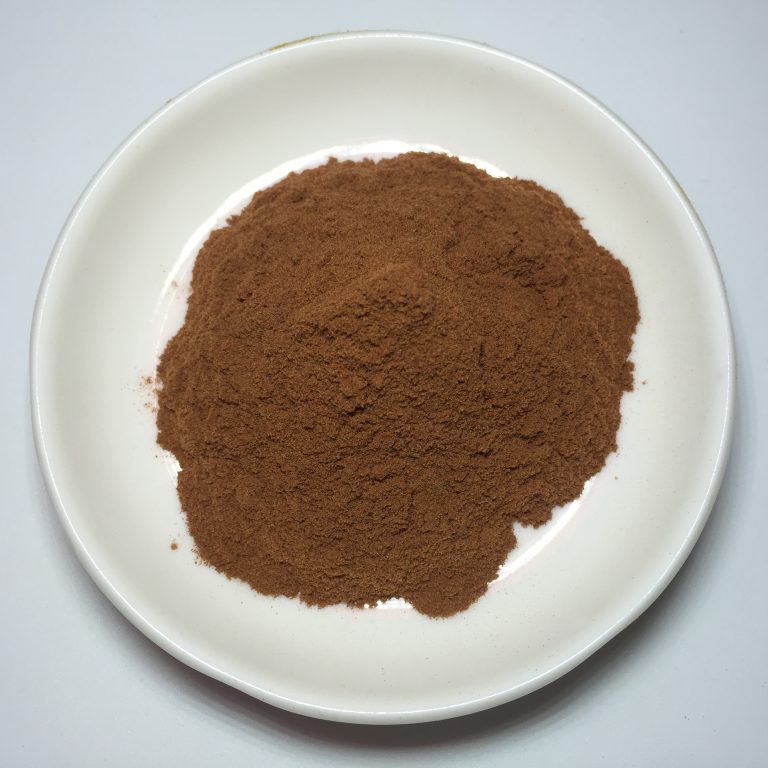 Imaherb China manufacturer supply Apple Extract Powder
Imaherb China manufacturer supply Apple Extract Powder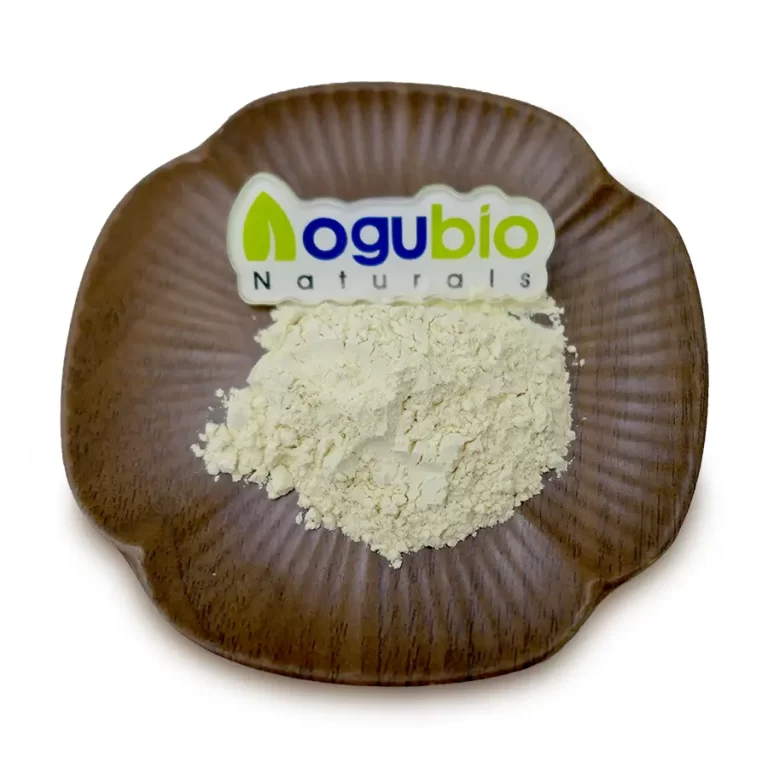 Imaherb China manufacturer supply Apigenin Powder 98%
Imaherb China manufacturer supply Apigenin Powder 98%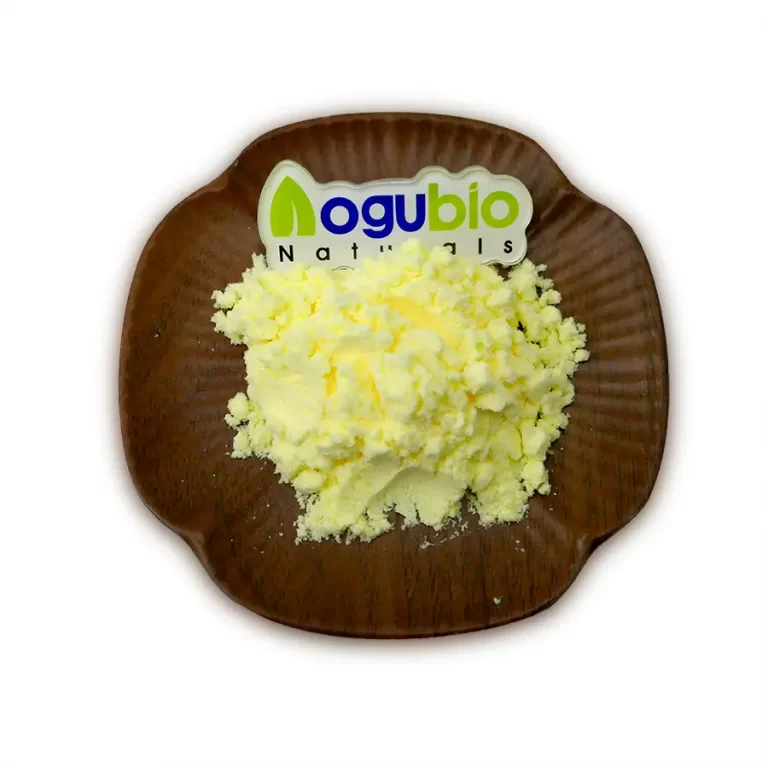 Imaherb Factory supply Alpha Lipoic Acid Powder CAS 1077-28-7
Imaherb Factory supply Alpha Lipoic Acid Powder CAS 1077-28-7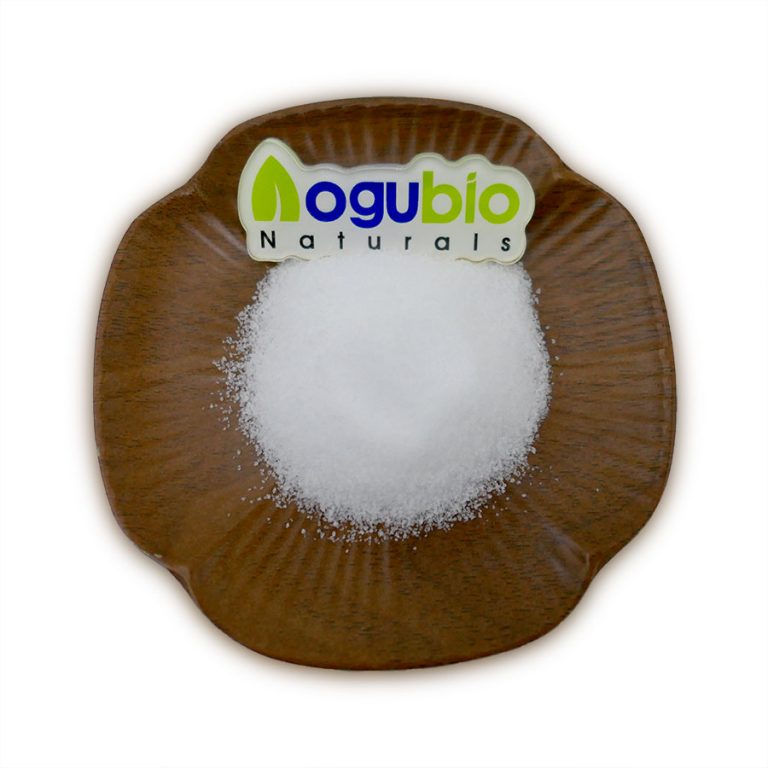 Imaherb Factory supply Alpha GPC Powder CAS 28319-77-9
Imaherb Factory supply Alpha GPC Powder CAS 28319-77-9 Imaherb Factory supply Alliin Powder 98% CAS 556-27-4
Imaherb Factory supply Alliin Powder 98% CAS 556-27-4 skype
skype Sales Manager
Sales Manager Rebekah
Rebekah Rachel
Rachel Miranda
Miranda Camilla
Camilla
 Sales Manager
Sales Manager